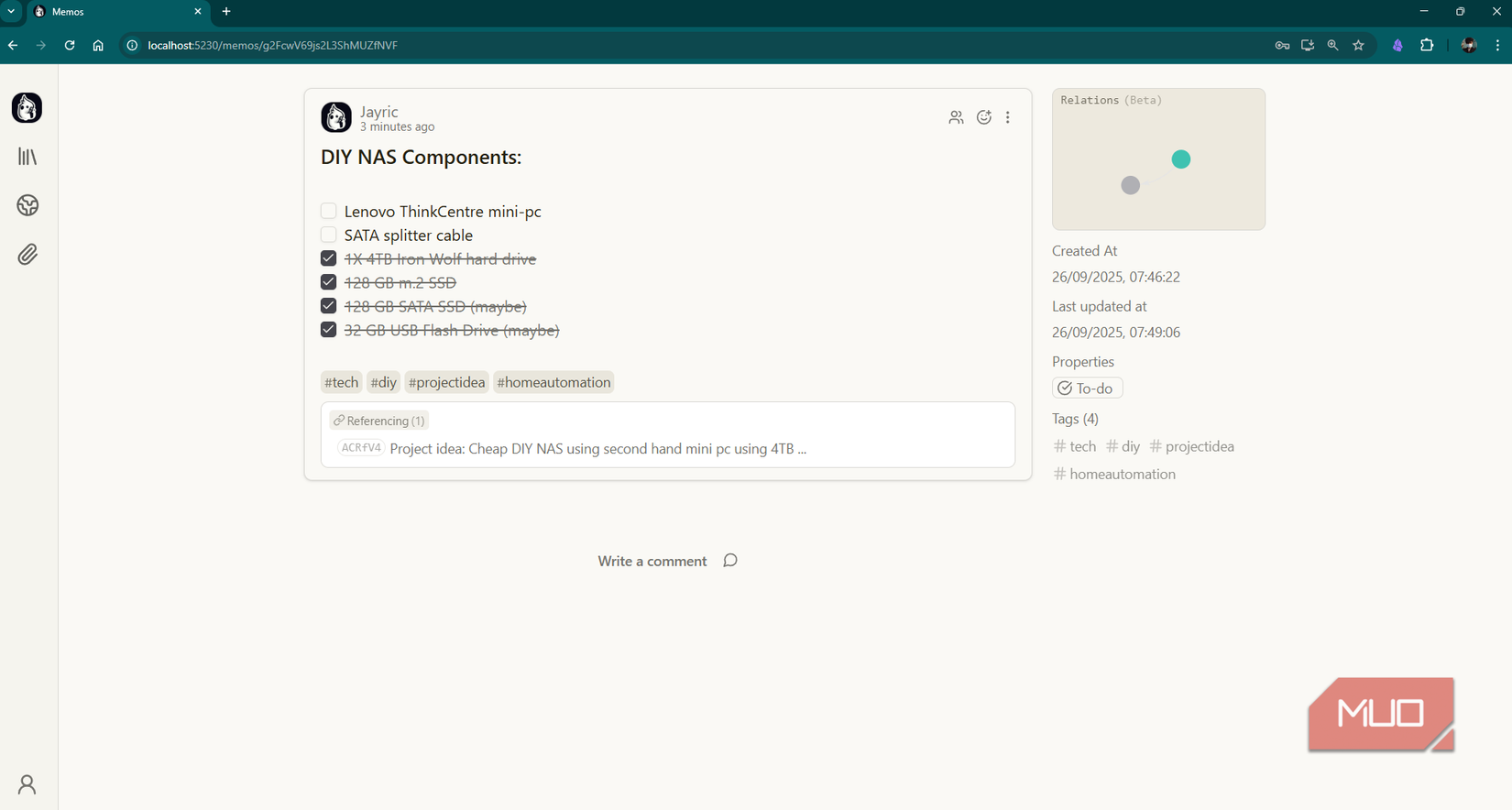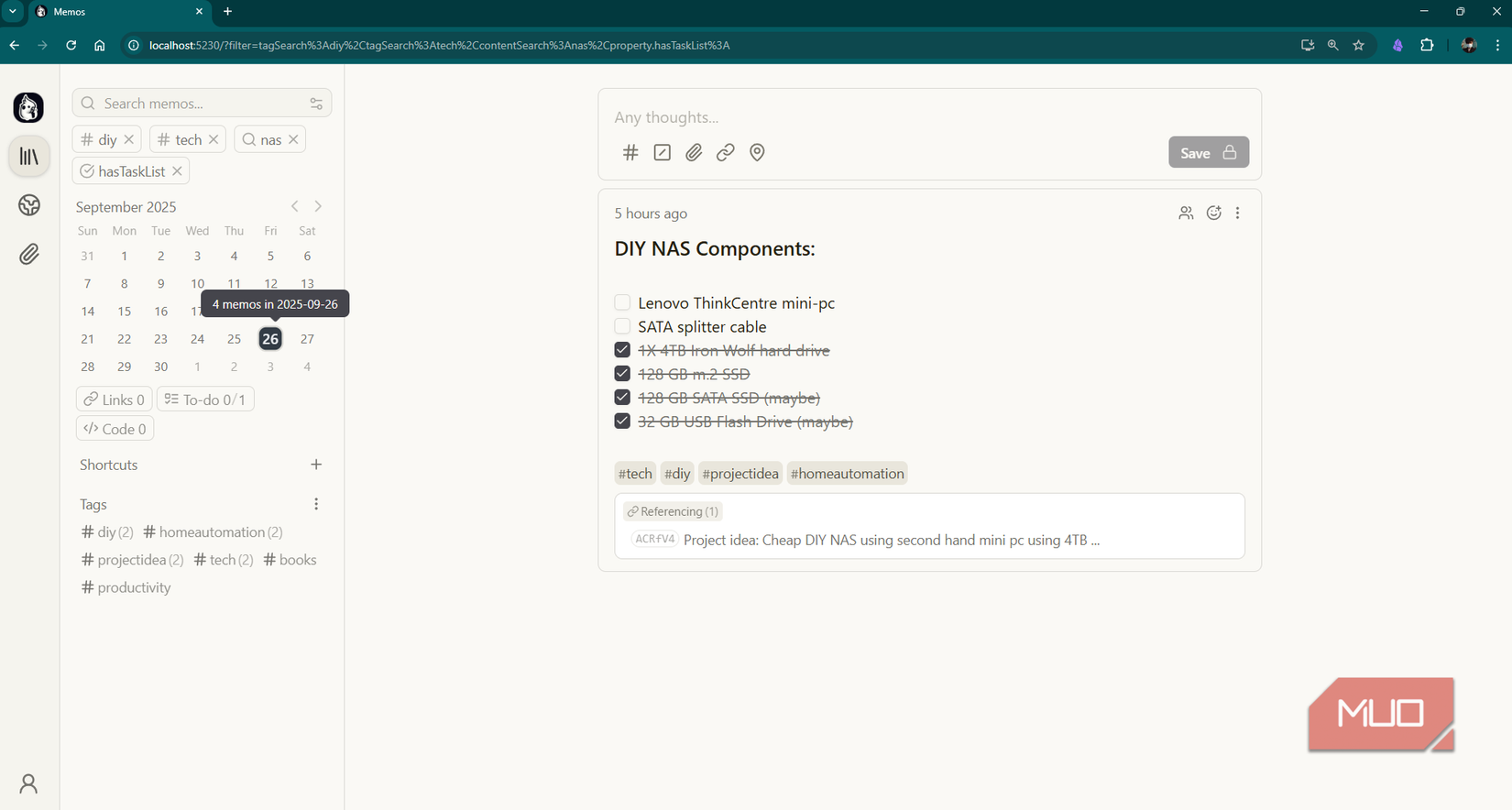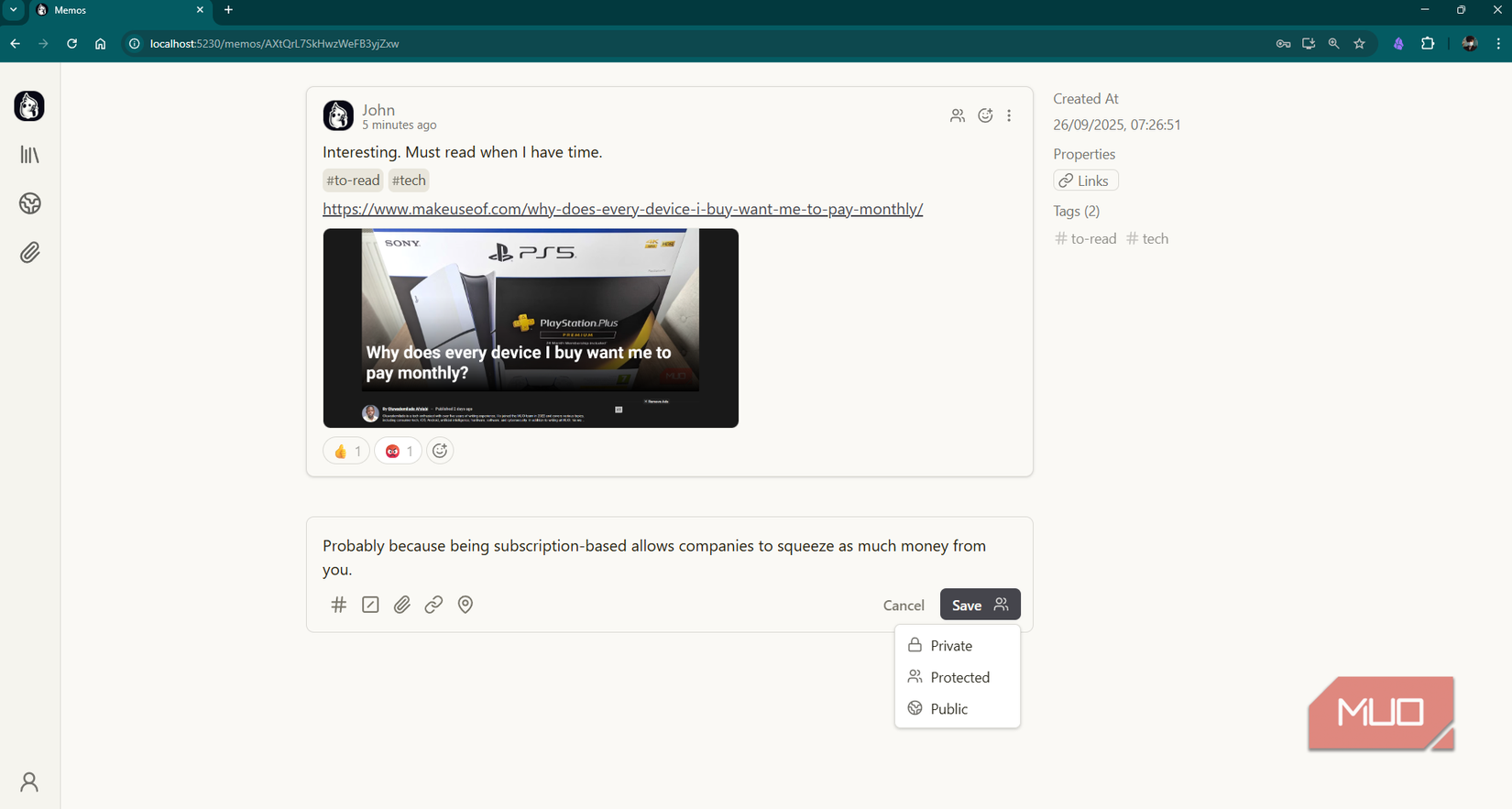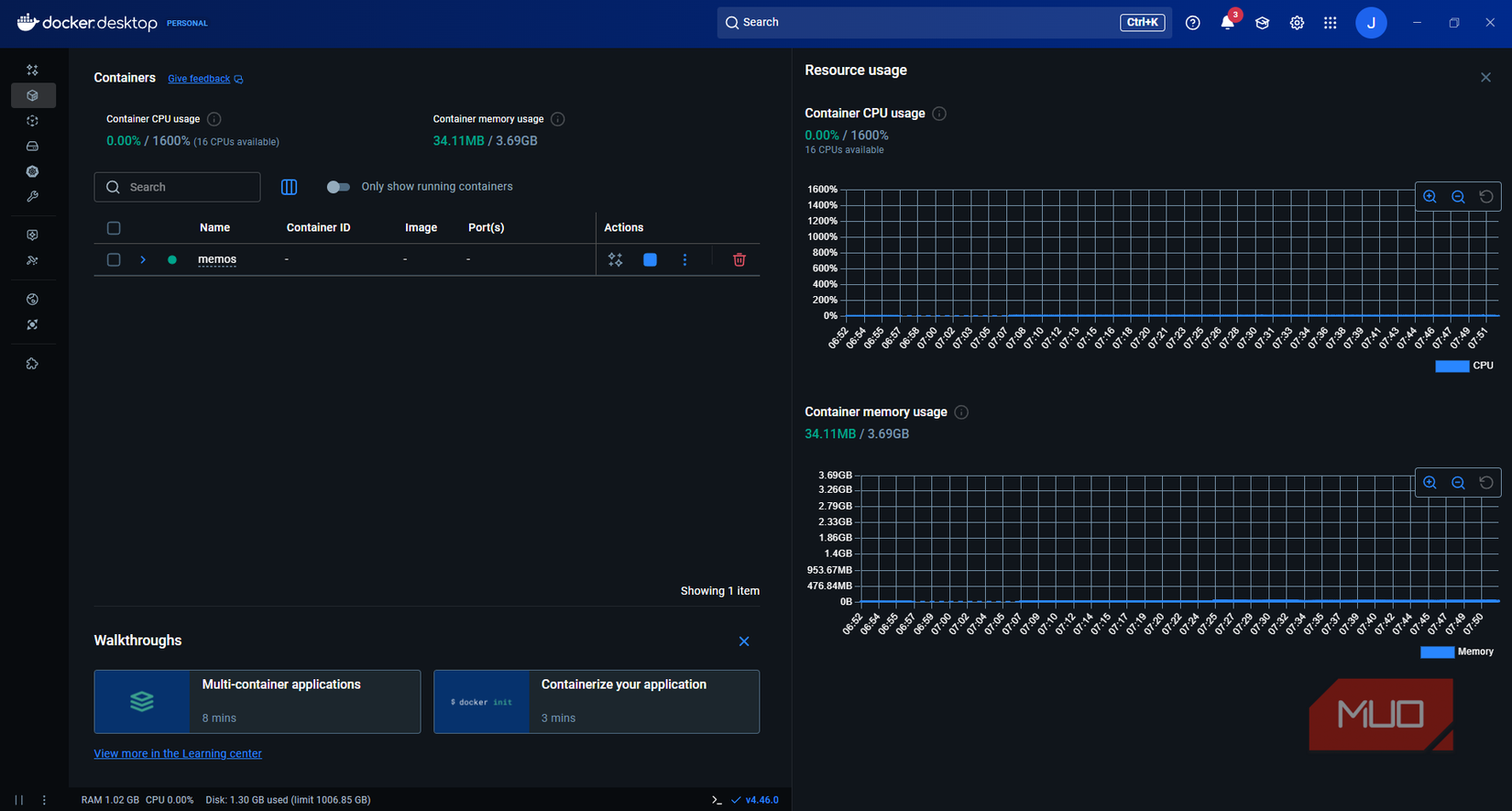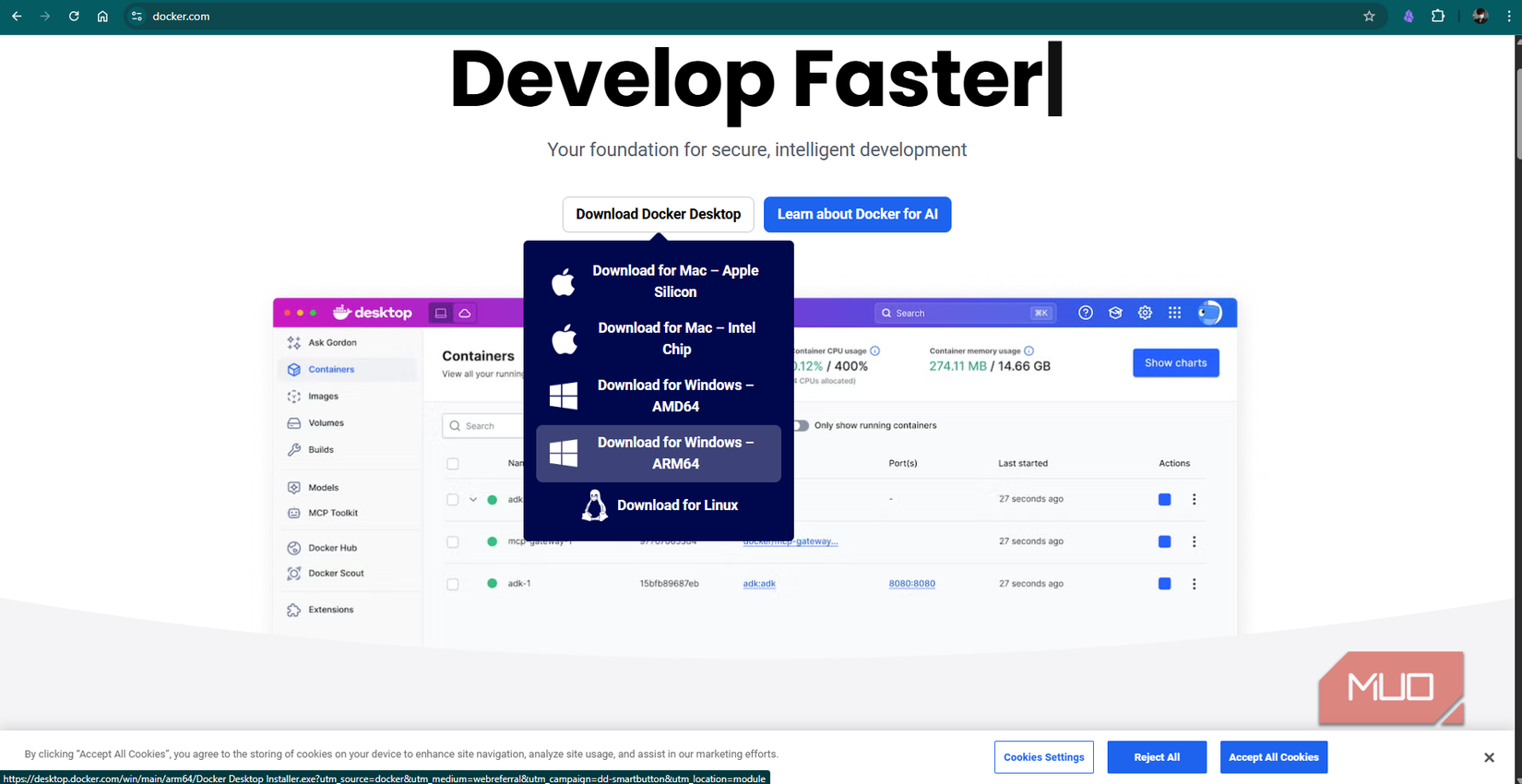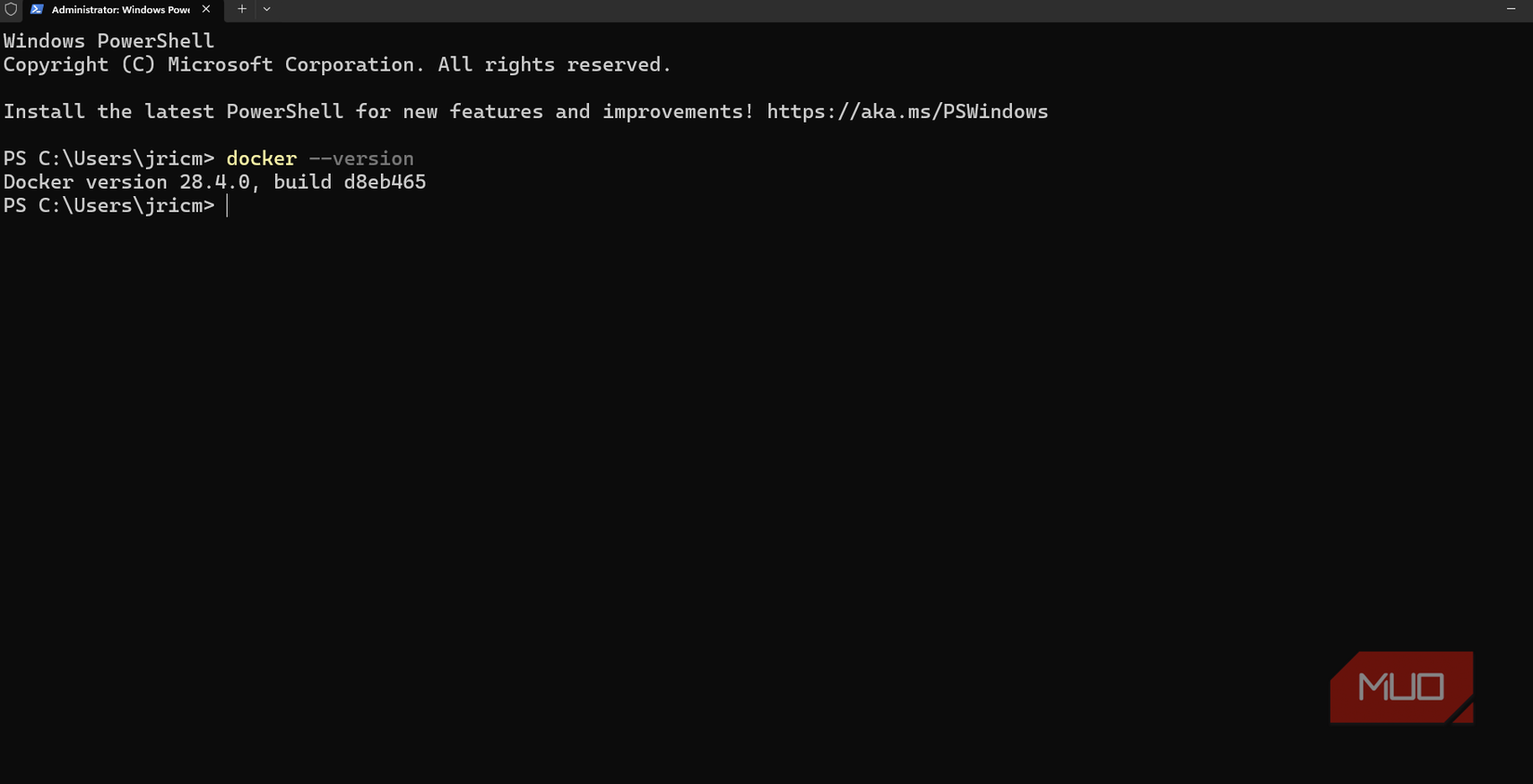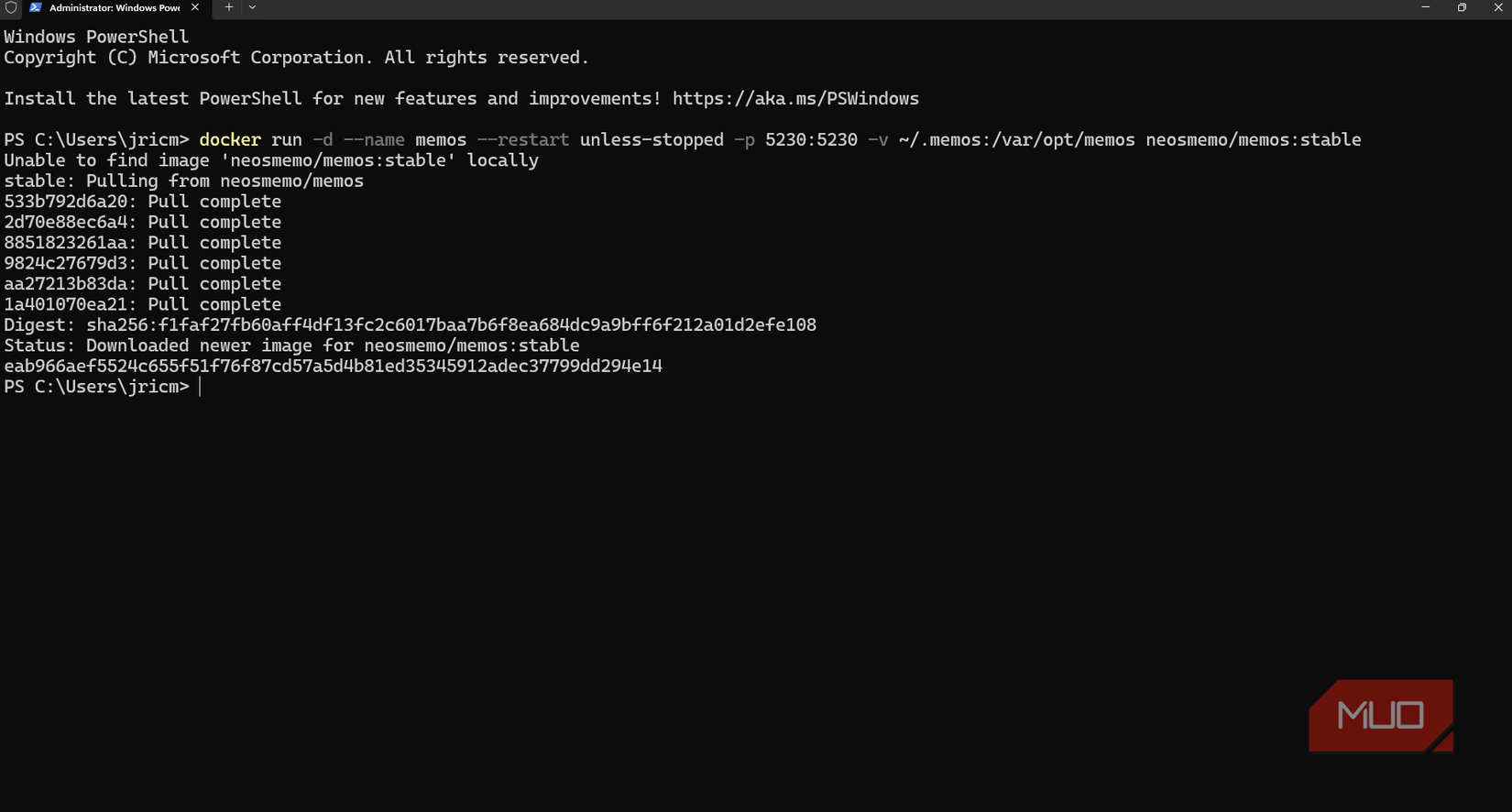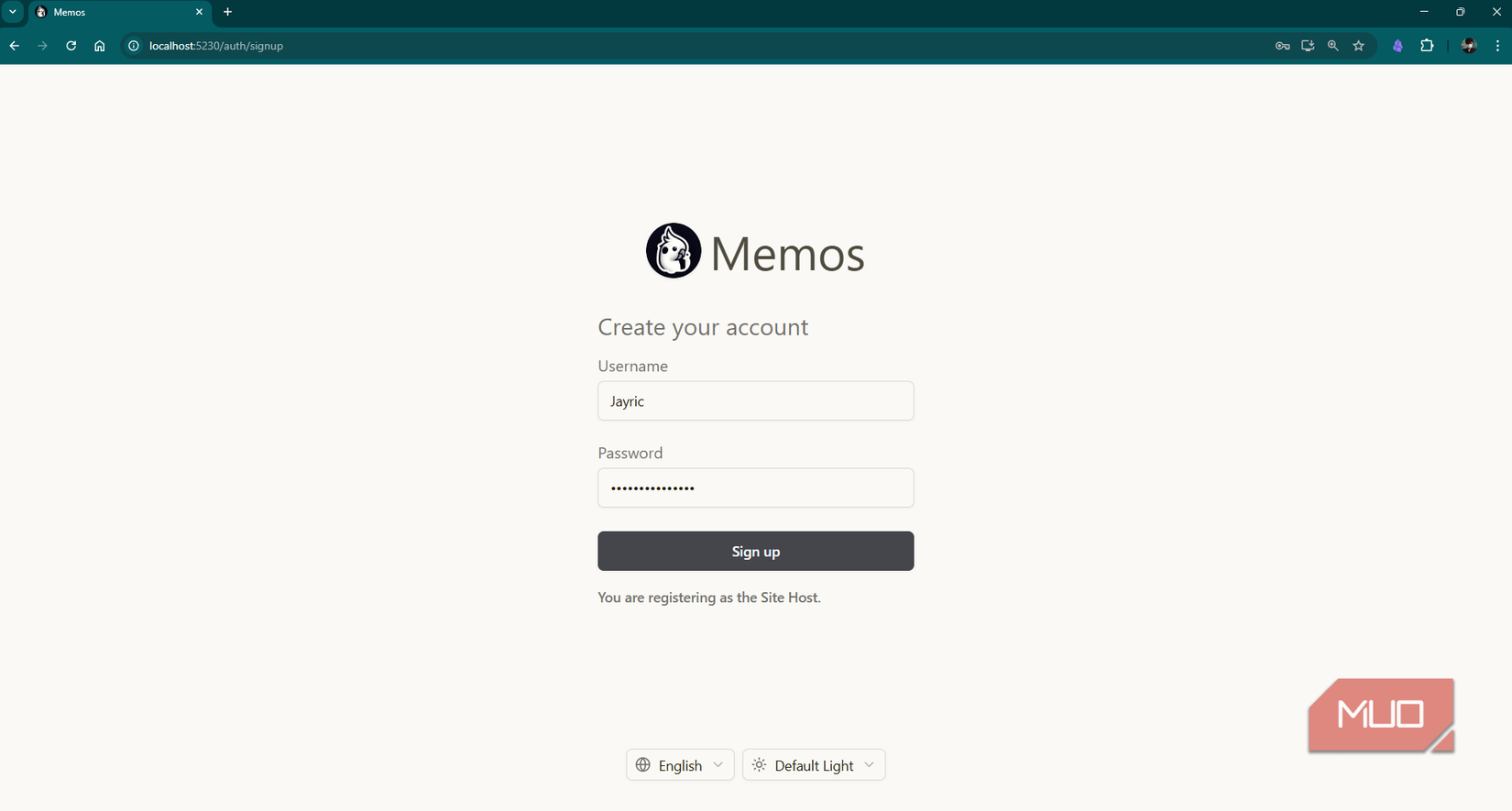Most note-taking apps try to do everything. They want to be your document editor, project manager, database, and social network all at once. After years of jumping between bloated platforms that promised to “revolutionize” how I organize my thoughts, I stumbled upon something completely different. Memos is an open-source note-taking app that does exactly one thing really well: it lets you capture thoughts instantly without any friction. I discovered this lightweight tool while searching for an alternative to subscription-heavy apps that continually added features I never requested.
What hooked me immediately was how familiar it felt. Imagine if X (formerly Twitter) was designed purely as a note-taking app. You get that same clean timeline interface where your newest ideas appear at the top, but without the noise, ads, or pressure to perform for an audience. The setup process takes about five minutes using Docker, and suddenly, you have your own private note-taking server running locally. No monthly fees, no data mining, and complete control over your information. After using it for some time now, I can say this open-source approach has changed how I think about capturing and organizing my daily thoughts.
Memos is my new favorite way of capturing notes
Why this simple tool beats the complicated alternatives
Let me show you exactly what makes Memos special by demonstrating its key features. When I open Memos, I see a clean timeline that looks like a stripped-down version of X. I can start typing immediately without thinking about folders or organization. I type my new project idea and tag it with #projectidea #diy #homeautomation #tech, and it instantly creates searchable tags on the sidebar.
Memos also use markdown language. So, I can easily format each memo without having to leave my keyboard. I can define subheadings, checkboxes, embed code blocks, and even make tables.
I can also reference past posts to make a connection between memos.
Finding specific entries becomes effortless with Memos’ multiple search options working together. I can combine hashtag filtering with keyword searches, click on content-type shortcuts like ‘To-do’ for task lists, and use the calendar to narrow results by date.
In this example, I filtered by #tech and #diy tags, searched for “nas,” clicked the To-do link, and selected the calendar date to pinpoint exactly what I needed. While searching for “nas” alone would likely have found this post without issue, these layered filtering options become essential once your database grows from dozens to thousands of entries.
Another big aspect of Memos is community interaction. In social media fashion, other users and I on the network can view, react, and comment on shared posts listed in the feed section.
Of course, your memos don’t have to be viewable by everyone on your site. Memos has three visibility modes: Private, Protected, and Public. A memo is saved as Private by default, making it visible only to you. Protected means logged-in users can view your memo in their feed, and Public allows anyone on the site to view the memo.
The social media aspect makes collaboration a natural process. I can react to my family member’s dinner suggestions with emoji reactions instead of cluttering the timeline with replies. I can also add comments to the memo and even choose its saving mode.
The best part of all is that Memos is one of those note-taking setups that doesn’t cost a cent because it’s self-hosted. And since it requires very few system resources, I can run it on an old laptop or mini PC and have a forever-free note-taking app with features that rival more premium options.
No folders, no complex organizational systems, just pure capture and smart filtering. I can filter by tags, search across all content instantly, or browse the calendar to see what I was thinking about on any specific day. Everything stays on my machine, completely open-source and under my control. Since I’ve always been concerned about my privacy and preferred note-taking apps that sync flawlessly across different devices, having my own self-hosted app essentially means I get the best of both worlds: the convenience of seamless syncing and the peace of mind that my data is fully under my control.
Quickly host Memos on your computer
Getting Memos running in a few minutes
Before you can run Memos, you need Docker installed on your machine. Docker is essentially a tool that enables you to run applications in isolated containers, making installation and management significantly simpler.
First, head over to the Docker website and download Docker Desktop for your machine. Since I’m on Windows, I’ll choose the “Download for Windows—ARM64” option. Based on the notes provided for Windows, I require my system to be running Windows 11 and have at least 4GB of RAM, as well as a 64-bit processor. Once downloaded, install Docker just like any other app and launch.
Once Docker Desktop is running, verify if it’s properly installed. On Windows, I like to check by pressing Windows key + X to access Windows’ hidden start menu, selecting Terminal(Admin), and using this command:
docker --version
You should see version information displayed, which confirms Docker is ready to use.
To install Memos on your computer, open your Command Prompt or PowerShell as an administrator and run this single command:
docker run -d --name memos --restart unless-stopped -p 5230:5230 -v ~/.memos:/var/opt/memos neosmemo/memos:stable
This command downloads the Memos container, creates a storage volume for your notes, and starts the service on port 5230. The entire process typically takes only a couple of minutes, depending on your internet speed.
Once the download completes, open your web browser and go to “http://localhost:5230”. You should see the Memos’ setup screen, where you can create your first user account. The system will automatically make you the site administrator since you’re the first user!
Take control of your digital thoughts
Memos won’t magically organize your life, but they offer something more valuable: complete ownership of your ideas. While others chase subscription revenues by adding features you didn’t ask for, this tool focuses on what matters: capturing thoughts without interference. Yes, the Docker setup and using a terminal might seem scary at first, but you’ll only have to do it once. Hosting your own memo app allows you to have complete privacy and control over your data. Your thoughts are worth more than monthly fees and data harvesting. Try Memos when you’re ready to own your note-taking experience instead of renting it.




